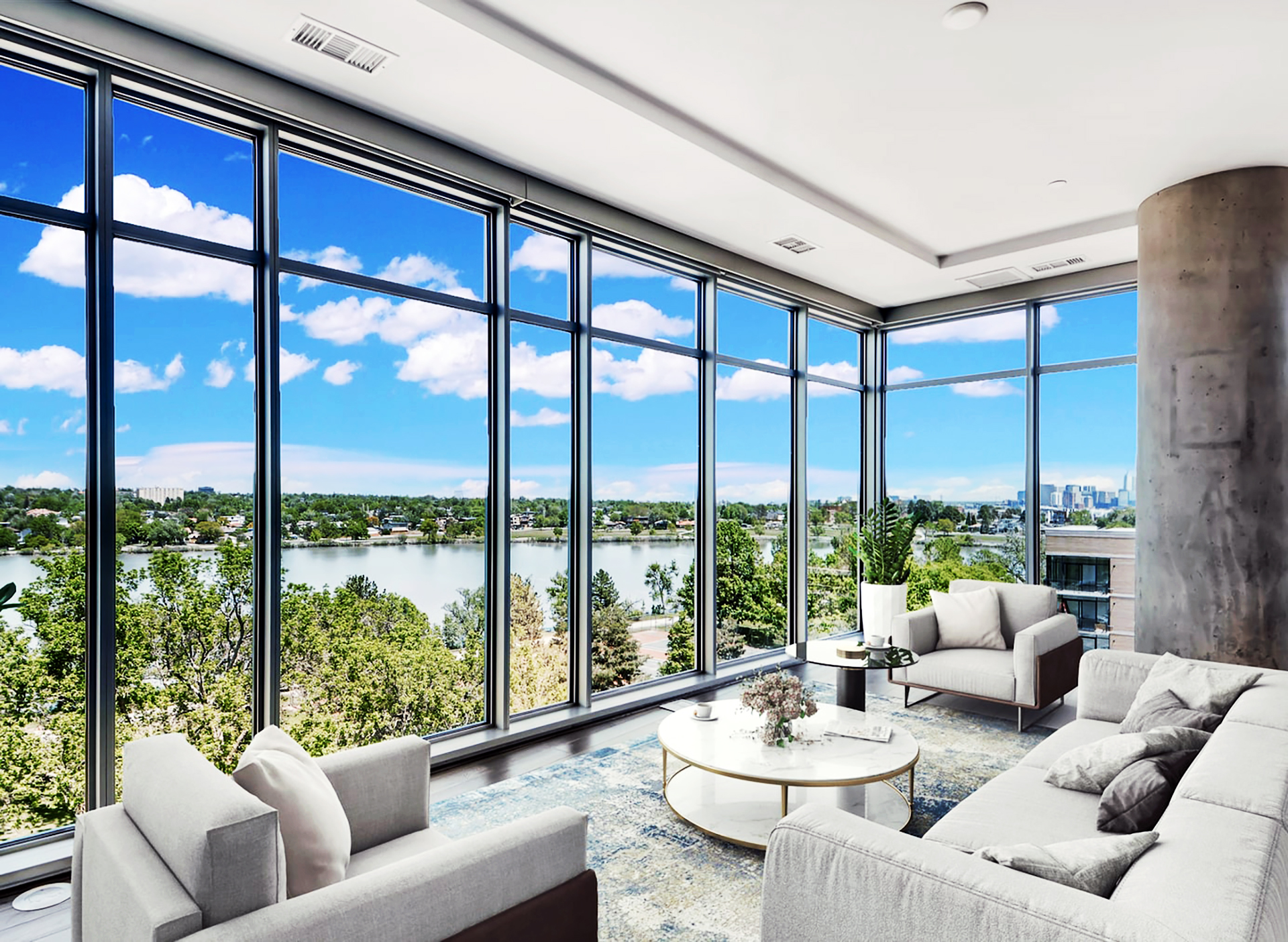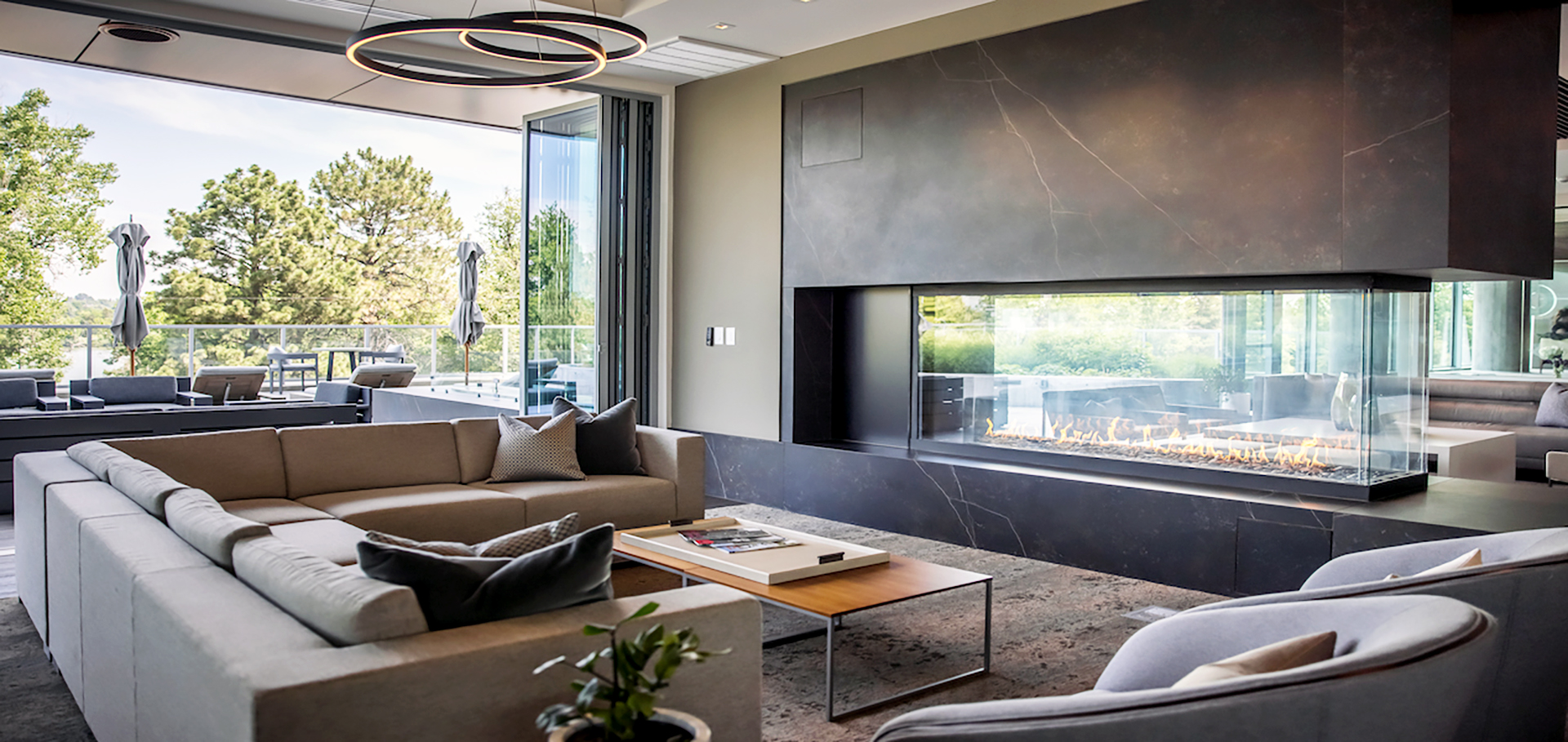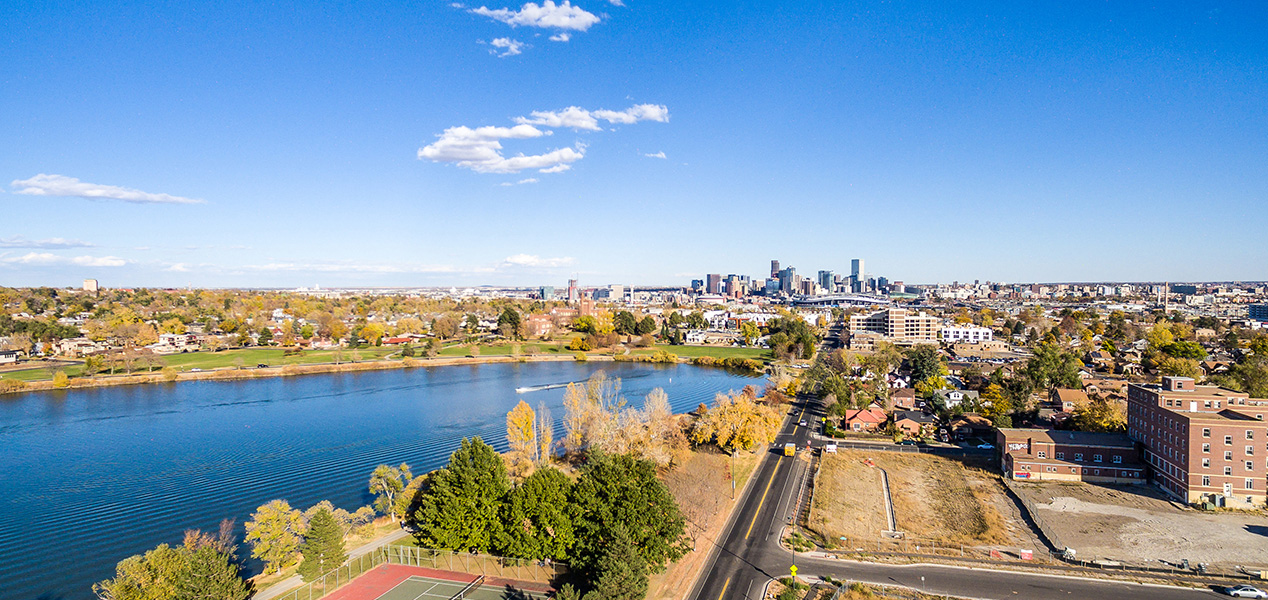
Living in Colorado’s first multi-family building that earned a new wellness certification markedly improved residents’ satisfaction, health, well-being, and happiness, according to a three-year case study conducted by Colorado State University researchers.
Lakehouse in the Sloan’s Lake area of Denver earned WELL Building Certification at the Gold level in 2020 and sold all residences by June 2022.
WELL is a performance-based system for measuring, certifying and monitoring built-environment features that impact human health and well-being through air, water, nourishment, light, fitness, comfort and mind. LEED (Leadership in Energy and Environmental Design) certification’s focus is on a building’s sustainability and environmental impact.

Study was a partnership
Jennifer Schill, a senior sustainability manager and LEED Green associate at CSU’s Institute for the Built Environment, is the lead author and senior project manager of the study, which was conducted in collaboration with Jeni Cross, associate professor in CSU’s Department of Sociology, and funded by NAVA Real Estate Development, which built Lakehouse.
Lakehouse features floor-to-ceiling windows, advanced water and air filtration plus sound mitigation, a private outdoor space for each home, a huge terrace, an urban farm, yoga classes, exercise equipment, a pool, a sauna and views of Sloan’s Lake and the Rocky Mountains.
“The outcomes of the study are incredibly compelling in that nearly 45% of the variables analyzed significantly changed in a positive way … despite the COVID pandemic taking place during the study,” Schill said.

83 variables studied
The case study on analyzed 83 variables across four key areas: building/community satisfaction, physical health, emotional health and social activity. Of those, 36 improved, 44 showed no notable change and only three decreased.
Two of the negative scores aligned with national trends during the pandemic – lower productivity at work and increased alcohol consumption frequency. The other, wheezing, may be attributed to COVID-19 and bad Colorado wildfire seasons in 2020-21.
The many positives included better memory and sleep, better diets, more exercise, less stress and nervousness, a more fun life, and a happier outlook on life. NAVA staff said finding that social relationships were enhanced due to design and programming was a surprise.
“I now see community design as an opportunity to connect with each of the building residents to learn what they need to optimize their environment and lifestyle to help achieve better social connections, improved mental and physical health, and increased levels of happiness and satisfaction,” said Brian Levitt, co-founder and president of NAVA. “One can only tap into one of the great benefits of communal living in a multifamily setting with residents who are committed to sourcing materials and sharing resources as a single living organism.”

Stress down among the most-stressed people
Below is a Q&A about WELL certification, the study, and Lakehouse with answers from Schill, IBE Executive Director Brian Dunbar, Cross and, where noted, the International Well Building Institute.
Q: What were the hypotheses going in? Why those?
IBE’s study hypotheses were that residents’ satisfaction, health, well-being and happiness would be significantly better after moving into Lakehouse than it had been in prior residences. IBE identified these hypotheses because the WELL Building Standard is based on best practices in design and construction and past studies (such as this one published in the Journal of Building and Environment) have shown that WELL certification improves occupants’ perceived satisfaction, health, well-being and productivity.
Q: Though stress decreased, it seemed quite high for a group of people in an advanced facility?
The study found that the percentage of participants who reported feeling stressed at any frequency – from a little of the time to all the time over the past month – decreased from 97% in the pre-occupancy survey to 90% in the post-occupancy survey. The Lakehouse study survey question read as, “During the past month, how much of the time have you felt stressed?” and response options were on a six-point scale, ranging from “None of the time” to “All of the time.” Notably, collective responses for “All of the time” and “Most of the time” decreased from 14% pre-occupancy to just 3% post-occupancy, and responses for “None of the time” or “A little of the time” increased from 33% pre-occupancy to 53% post-occupancy.

Q: How many WELL-certified buildings are there in Colorado/United States?
(IWBI response) There are 493 buildings engaged with WELL through various pathways in Colorado, and of these 11 have achieved WELL Certification. In the United States, there are more than 29,400 buildings engaged with WELL, more than 4,100 of which have achieved WELL Certification.
Q: What can be extrapolated from findings from Lakehouse for properties across the affordability spectrum?
Similar to what we now know about applying sustainable building strategies in affordable housing, any home can provide health and wellness benefits, regardless of cost. For example, proper orientation to take advantage of natural light, natural ventilation, pleasing views, encouraging winter sun and blocking hot summer sun rays requires forethought without added expense. The Lakehouse project and its design process highlight that, with an early focus and intention to create a socially and physically healthy place for residents, there do not need to be added costs. The beneficial and compelling results of Lakehouse can and should be a model for development projects of any scale: Focus early intentions on integrating myriad healthy building features to achieve a place that embodies and encourages healthy living.
The Institute for the Built Environment is part of CSU’s College of Health and Human Sciences.